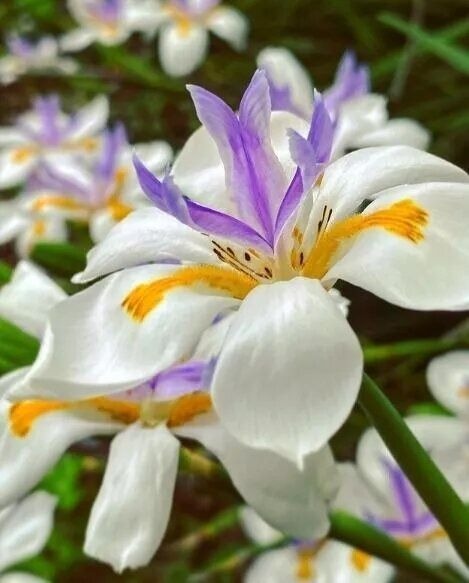How to Grow and Care for African Iris
Interested in cultivating African Iris? This comprehensive guide on how to grow and care for African Iris covers everything from selecting a suitable location to managing pests and diseases. The African Iris, scientifically known as Dietes iridioides, is a resilient evergreen plant that thrives in regions with warmer climates. It boasts an impressive flowering period that spans from spring to fall, providing a long-lasting display of beauty. Indigenous to South Africa, this plant has adapted to its natural environment and has become popular in various parts of the world.
The African Iris produces captivating flowers that contribute to its allure. Each flower has a rounded shape and is composed of six creamy white petals. Within the center of the flower, a smaller blue-purple flower emerges, adorned with four petals. Bright yellow accents run along the center of the white petals, creating a visually appealing contrast. Although the blooms may fade relatively quickly, the plant continuously produces new flowers throughout its blooming season, ensuring a continuous display of beauty.

One distinguishing feature of the African Iris is its slender, strap-like leaves that exhibit a striking blue-green color. These leaves remain upright throughout the entire growing season, adding an elegant touch to the plant’s overall appearance. While it can be cultivated as a perennial in zones 8 to 11, it is commonly grown as an annual in colder regions. Over the years, its taxonomic classification has undergone some changes, and it is sometimes referred to as Dietes grandiflora.
Common Name: African iris, fortnight lily
Botanical Name: Dietes iridioides
Family: Iridaceae
Plant Type: Evergreen perennial
Mature Size: 2 – 4 ft. tall
Sun Exposure: Partial to full sun
Soil Type: Moist well-drained loam
Soil pH: Slightly acidic
Bloom Time: Spring through fall
Flower Color: Blue, white
Hardiness Zones: 8 – 11 (USDA)
Native Areas: South Africa
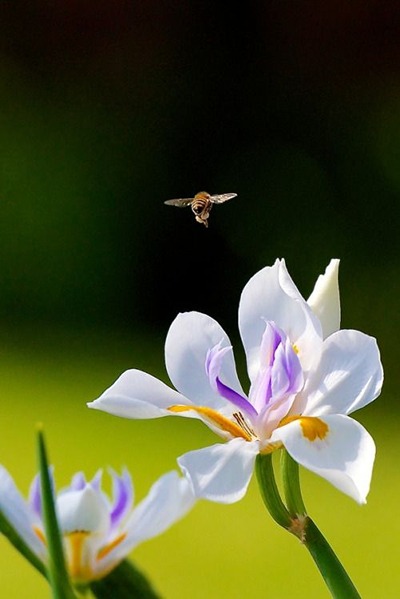
How to Grow and Care for African Iris
Due to its extended blooming season, robust growth pattern, and low maintenance requirements, the African iris is frequently employed as a ground cover in temperate regions. When planted in an appropriate spot, this plant offers numerous years of abundant blooms, requiring minimal attention from gardeners. Moreover, it produces ample quantities that can be easily divided and shared with others. Similar to other iris varieties, the African iris greatly benefits from regular division, ideally performed every 2 to 3 years. This practice ensures the plant’s continued health and vitality, promoting optimal growth and blooming potential.
Light
While the African iris flourishes most effectively when exposed to full sunlight, it is still capable of blooming in areas with partial sunlight. However, it’s important to note that under partial sunlight conditions, the blooms may not exhibit the same level of vigor as they would in full sunlight. For optimal performance, the African iris ideally requires around six hours of sunlight per day during its blooming season. If feasible, it is preferable to provide the plant with afternoon sun rather than morning sun, as the intensity of the afternoon sun tends to be slightly stronger. This consideration should be taken into account when determining the ideal placement for this perennial in order to maximize its growth and blooming potential.
Soil
The African iris has a preference for a nutrient-rich and well-drained loamy soil. While many iris varieties are known to adapt to various soil types, the African iris specifically necessitates proper drainage to ensure the health of its rhizomes. In the case of clay soil, it is recommended to enhance drainage by incorporating compost or other suitable amendments prior to planting the African iris. This will help improve the overall soil structure, allowing excess moisture to drain away efficiently and preventing the rhizomes from becoming waterlogged. By ensuring the soil provides adequate drainage, gardeners can create an optimal growing environment for the African iris, promoting its overall well-being and longevity.

Water
After becoming established, the African iris displays remarkable drought tolerance and typically does not require any specialized watering practices. However, during periods of severe drought, it may be necessary to provide supplemental watering to ensure its well-being. It is important to note that during the first two years following planting or during the initial establishment phase, regular watering is crucial for the African iris. This helps the plant develop a strong root system and promotes healthy growth. Once this initial period has passed, the African iris is generally capable of withstanding dry conditions without the need for frequent watering. Nonetheless, in situations of extreme drought, providing some additional water can be beneficial to sustain the plant’s vitality. By adhering to these watering guidelines, gardeners can support the African iris in its early stages and ensure its long-term resilience against drought conditions.
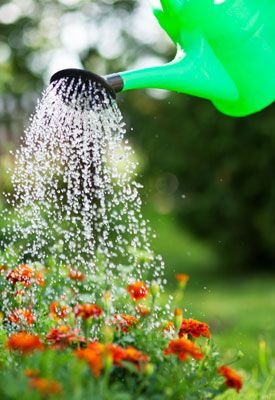
Climate and Moisture Levels
Due to their origin in a tropical climate, the African iris exhibits a limited tolerance for cold temperatures, rendering it unsuitable as a perennial in regions with severe winter conditions. While these plants are highly resilient to drought, they may face challenges in areas characterized by high humidity during the summer season. Dividing the African iris at regular intervals is recommended to promote adequate air circulation, which helps mitigate potential problems associated with excessive dampness.
Fertilizer
During the active growing season, the African iris can greatly benefit from the application of fertilizer. To enhance blooming and deter insects, it is recommended to apply a basic all-purpose plant food in both spring and mid-summer. This strategic timing ensures that the plant receives the necessary nutrients at key stages of its growth.
When applying fertilizer, it is important to maintain a safe distance between the fertilizer and the plant’s roots. Placing the fertilizer several inches away from the base of the plant helps prevent the roots from getting burned by the concentrated nutrients. This precautionary measure ensures that the African iris receives the benefits of the fertilizer without causing any harm or stress to its root system.

How to Prune
During the peak of the summer season, the African Iris tends to exhibit a profusion of blooms. To maintain a fresh and vibrant appearance, it is advisable to deadhead the spent flowers. Removing these faded blooms helps redirect the plant’s energy towards producing new blooms and prolongs the overall blooming period.
Additionally, it is recommended to trim off any brown, dead, or damaged leaves from the African Iris. This practice helps enhance the plant’s aesthetic appeal and promotes a healthier overall appearance.
Before cutting the leaves or performing any maintenance tasks, it is essential to ensure that your tools are clean. Cleaning your gardening tools before use is a good habit to cultivate as it helps prevent the transfer of any harmful bacteria or pathogens. This precautionary measure reduces the risk of introducing bacteria that could potentially lead to root or crown rot, preserving the health and well-being of the African Iris.
How to Propagate
Similar to various iris species, the African iris exhibits a clumping growth habit and propagates through the expansion of its rhizomes. However, it possesses an additional method of spreading: its seed pods have the ability to bend down towards the ground, where they form new roots and initiate new growth. While dividing existing plants remains the optimal method for propagation, African irises can also be grown from seeds.
The preferred approach for propagating African irises is by utilizing existing plants through division. This process involves separating an established clump into smaller sections, each containing a healthy portion of rhizomes and roots. These divisions can then be replanted, giving rise to new individual plants. This method ensures that the new plants inherit the desirable characteristics of the parent plant, such as flower color and growth habit.
1. Dividing through Root Division:
- In order to obtain root divisions for propagation, you have two options: either divide your own existing plant or acquire divisions from another gardener.
- To divide the plant, follow a similar process used for clumping irises like the Japanese iris: carefully dig up the plant, gently remove any excess soil clinging to the roots, and then use a sharp knife to separate the root sections.
- Once you have the divided roots, plant them in a potting medium or well-drained soil. If you choose to plant indoors, do so during the fall season. Alternatively, you can plant them outside after the last frost date in spring. Ensure that the selected planting location receives a minimum of six hours of direct sunlight each day. If direct sunlight is not available, indirect sunlight for around eight hours may be sufficient. It is important to water the newly planted divisions regularly to promote their establishment and growth.

2. Propagating from Seeds:
- In the autumn, collect seeds from the pods.
- For indoor planting, sow the seeds during the fall or wait until after the last frost date in spring. Unlike some seeds, African iris seeds do not require soaking or cold stratification before planting.
- Select a planting location with well-drained soil that receives a minimum of six hours of direct sunlight per day. Water the seeds lightly but frequently to maintain adequate moisture levels. Typically, germination should occur within approximately four weeks of sowing.

Overwintering
In regions with growing zones that experience excessively cold winters, the African iris can be cultivated as an annual plant with success. Similar to other perennials like cannas or dahlias that lack cold tolerance, it can be dug up and overwintered for subsequent replanting in the spring season.
If you intend to dig up your African iris during winter, ensure to remove any excess soil clinging to the rhizomes. Allow the rhizomes to thoroughly dry before storing them in peat moss or sand in a cool, dry location. This storage method helps maintain their vitality during the dormant period.
Once spring arrives and temperatures have sufficiently warmed up, and the risk of frost has passed, you can proceed to replant the African iris. Choose an appropriate location that provides suitable sunlight and well-drained soil. By following these steps, you can ensure the survival and successful growth of your African iris despite challenging winter conditions.
Common Pests and Plant Diseases
The African iris is generally a low-maintenance plant, but it can occasionally be affected by diseases and pests. The most common issues include crown rot and root rot, which typically occur when the plant remains excessively moist for prolonged periods. To prevent these problems, it is important to plant the African iris in well-draining soil, regularly divide the plant to maintain healthy roots, and choose a location with good air circulation. If crown rot or root rot does develop, prompt action is necessary. Dig up the affected plant, remove the affected areas, and replant the healthy sections. Autumn is a suitable time for dividing and replanting to promote plant health. By following these precautions and promptly addressing any issues, you can ensure the continued health and vibrancy of your African iris plants.
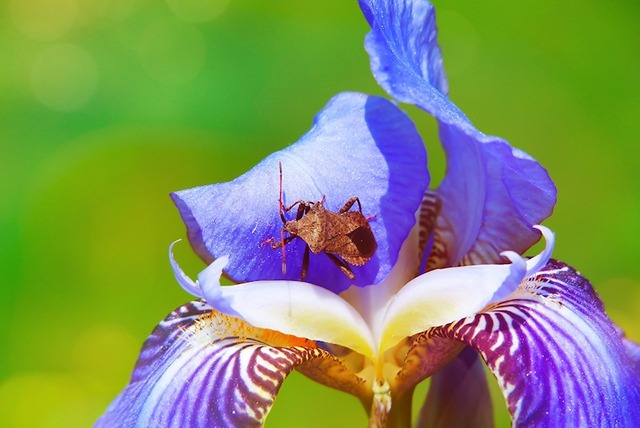
The African iris is susceptible to fungal and bacterial diseases, such as rust, Botrytis blight, and fungal leaf spot. Fungal diseases can be identified by the appearance of yellow or brown spots on the leaves, which, if left untreated, can spread throughout the entire plant. In warm and wet weather, there is a risk of bacterial leaf spot, characterized by small spongy spots along the leaf margins that can develop into larger watery lesions. To address fungal or bacterial disease in the African iris, it is crucial to remove any damaged plant parts, allow the plant to dry thoroughly, and avoid overwatering. By taking these preventive measures, you can minimize the impact of diseases and maintain the health and vitality of your African iris plants.
African iris plants can be vulnerable to various pests, such as aphids, iris borers, and nematodes. Iris borers pose a significant threat to the plants during their larval stage, as they can swiftly inflict extensive damage. However, regular application of neem oil spray on a weekly basis can effectively prevent their infestation, while also serving as a deterrent for aphids. Nematodes, specifically Ditylenchus destructor, have the potential to attack the young roots of the African iris, resulting in leaf browning and root wilting. To prevent nematode damage, it is essential to promptly remove any damaged or diseased plant parts. Moreover, practicing good hygiene by using clean tools is crucial to prevent infection or the spread of pests. By employing these preventive measures, you can safeguard your African iris plants from common pests and maintain their overall health.
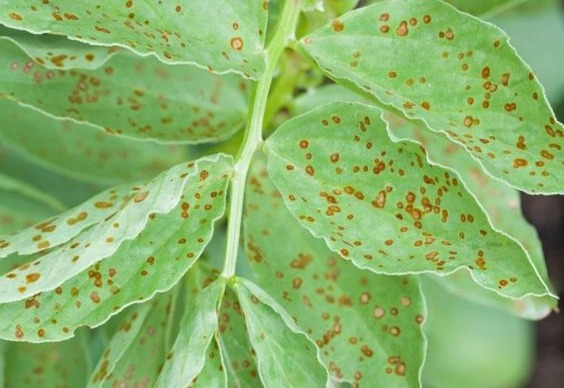
How to Get Bloom
Once an African iris reaches the age of two, it typically blooms continuously throughout the year. In its younger stages, it should still provide consistent blooms during the spring and summer seasons. While the flowers themselves have a relatively short lifespan, there are typically numerous buds waiting to bloom as the older flowers fade and drop off. If your African iris is not blooming consistently, it is important to ensure that it receives an adequate amount of sunlight. Ideally, it should receive at least five hours of direct sunlight each day. Additionally, adjusting the watering frequency and keeping the soil slightly moist might encourage the plant to develop more flower buds. Regular fertilization is also beneficial as it aids in the formation of additional blossoms. By taking these measures, you can promote a more abundant and consistent blooming pattern in your African iris.
